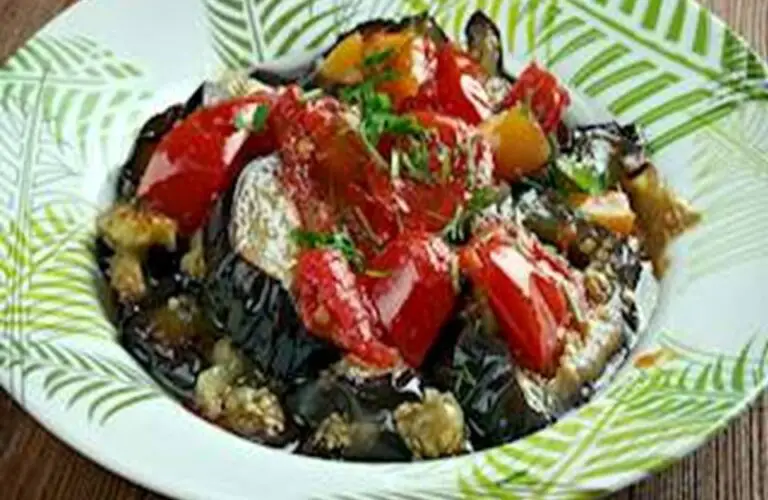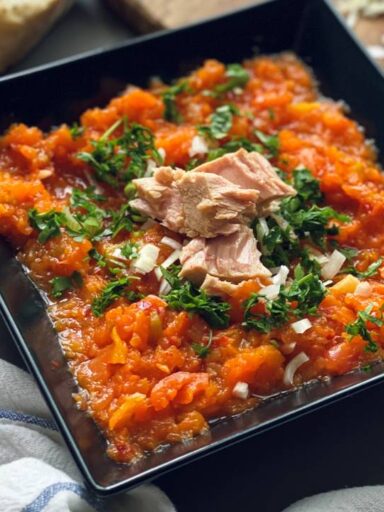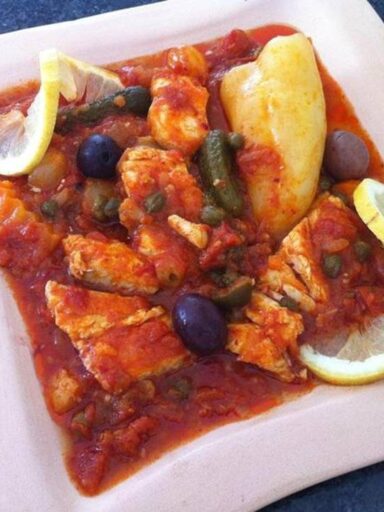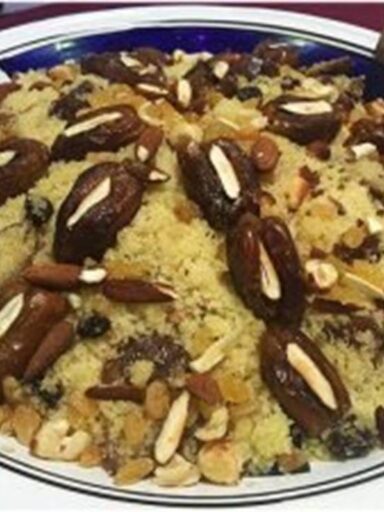Kafteji Tunisian Dish
Kafteji is a traditional Tunisian dish that brings the vibrant and flavourful essence of North African cuisine to life. Known for its unique preparation, Kafteji combines a medley of seasonal vegetables, each fried separately and then chopped together. The name “Kafteji” originates from the Arabic word “kefteh,” meaning “to chop.” This perfectly describes the dish’s distinctive preparation method, where vegetables are fried individually, chopped together, and seasoned to create a harmonious blend of flavours and textures.
Why Kafteji Stands Out
Kafteji is a testament to the magic of simple ingredients and thoughtful preparation. The combination of crispy fried vegetables, creamy eggs, and aromatic spices creates a dish that is both comforting and full of flavour. It showcases how humble vegetables can be transformed into a meal that delights the senses and brings people together.
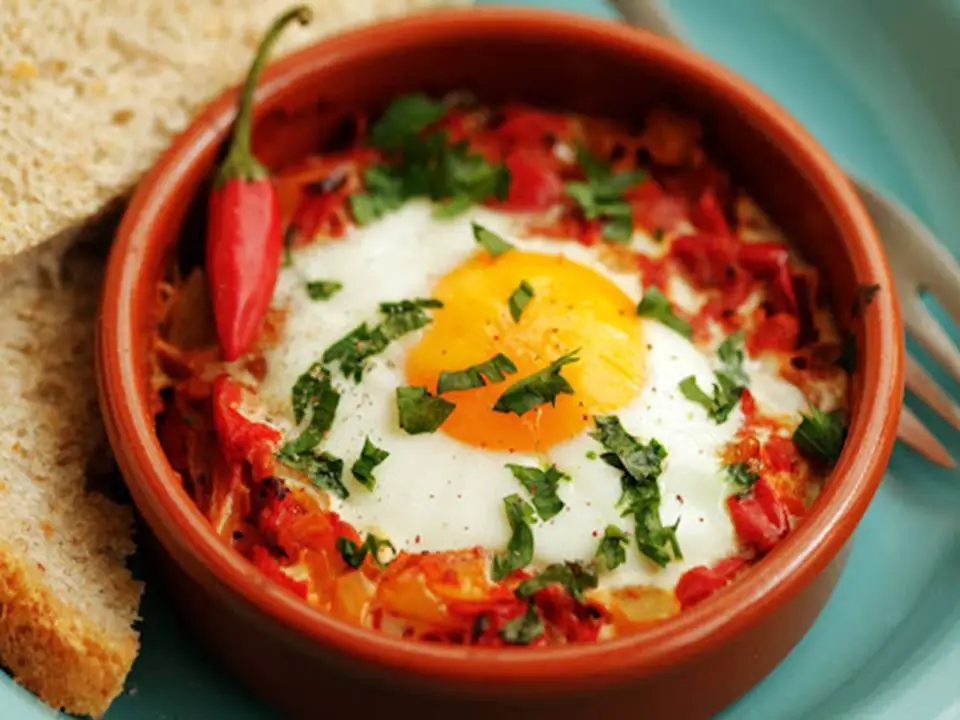
Whether you’re exploring Tunisian cuisine or looking for a new way to enjoy seasonal produce, Kafteji is a dish that promises to impress.
Moreover, Kafteji pairs wonderfully with grilled meats, particularly the famous Tunisian merguez sausages. Alternatively, it can stand alone as a satisfying vegetarian meal. The dish offers a delightful balance of textures, from the crispy fried vegetables to the creamy eggs. Thanks to its fresh produce, simple seasoning, and unique preparation, Kafteji has become a beloved staple in Tunisian cuisine. It showcases how humble vegetables can transform into a hearty, flavourful meal that delights the senses.
Step by Step How to Make Kafteji Dish Recipe
Ingredients:
2 medium potatoes, peeled and diced
1 medium zucchini (courgette), diced
2 bell peppers (preferably green and red), deseeded and diced
2 medium tomatoes, peeled and chopped
1 medium onion, chopped
2-3 cloves garlic, minced
4 eggs
1 small eggplant (optional), diced
2-3 green chili peppers (optional, for a spicier version), deseeded and chopped
1 tsp ground cumin
1 tsp ground coriander
1 tsp paprika
Salt and black pepper to taste
Vegetable oil for frying
Instructions:
Prepare the vegetables:
1. Heat a generous amount of vegetable oil in a large frying pan or skillet over medium heat.
2. Fry the potatoes until golden and cooked through. Remove and drain them on paper towels.
3. Fry the zucchini until lightly browned and cooked. Remove and drain on paper towels.
4. Fry the eggplant (if using), bell peppers, and green chili peppers (if using) in the same way, removing and draining each as they finish cooking.
5. Fry the chopped onions until translucent and slightly caramelized. Add the minced garlic and sauté for another minute.
Cook the tomatoes:
1. Add a bit more oil to the same pan if needed, then add the chopped tomatoes. Cook them until they break down and form a sauce.
2. Season with salt, black pepper, cumin, coriander, and paprika. Stir well to combine.
Combine and chop:
1.Return all the fried vegetables to the pan with the tomatoes. Mix everything thoroughly.
2. Use a large knife or potato masher to roughly chop the vegetables together in the pan. Mix them well but avoid mashing them completely.
Add the eggs:
1. Make a few wells in the vegetable mixture and crack the eggs into them. Cook the eggs for a few minutes until the whites set but the yolks remain slightly runny, or cook them to your preferred doneness.
2. Mix the eggs into the vegetable mixture.
Serving Suggestions
Serve the Kafteji warm: Kafteji is incredibly versatile and can be enjoyed in various ways, garnished with fresh herbs like parsley if desired.
As a Side Dish: It pairs beautifully with grilled meats, especially Tunisian merguez sausages.
In Sandwiches: Use it as a filling for traditional Tunisian bread, known as “khobz.”
As a Vegetarian Meal: Kafteji can stand alone as a hearty and satisfying vegetarian dish.
Tips:
Customize by adding vegetables like carrots or replacing the eggs with tofu for a vegan version.
Serve with a drizzle of harissa, a spicy Tunisian chili paste, for extra heat.
Enjoy your homemade Kafteji!

